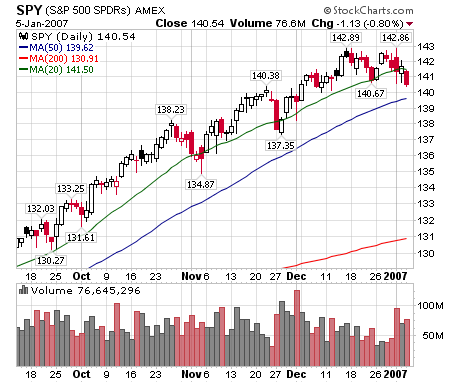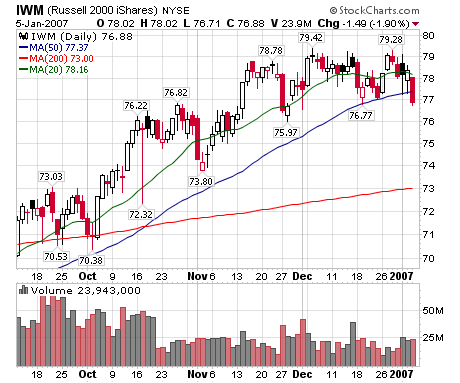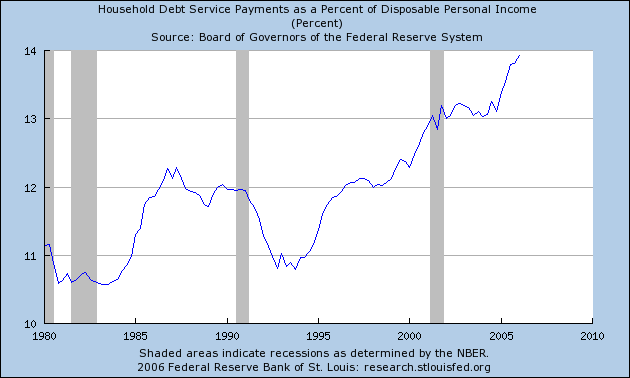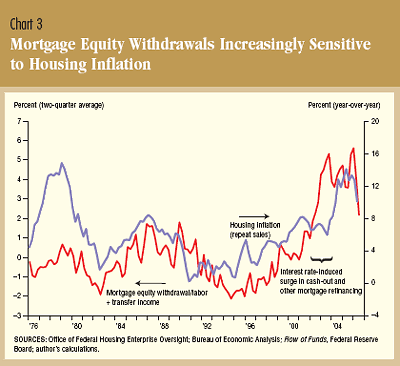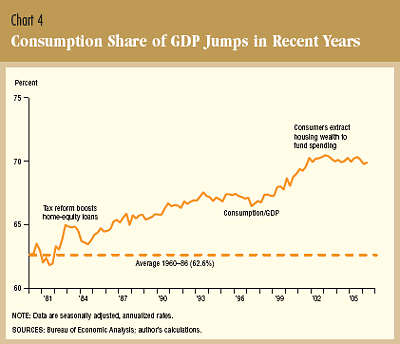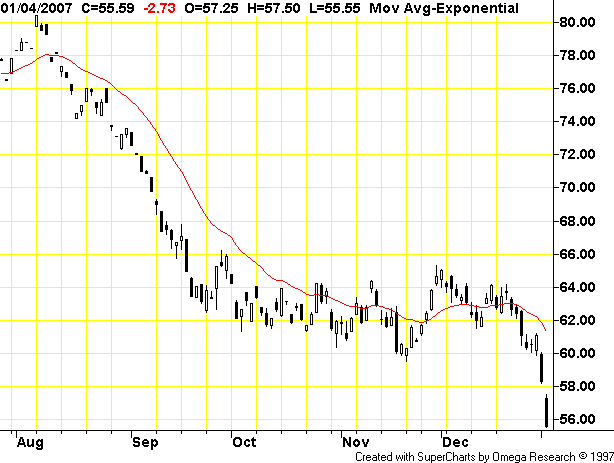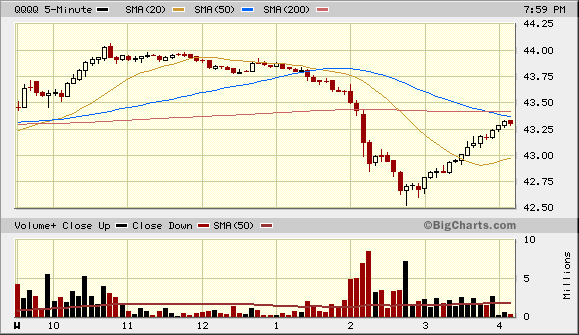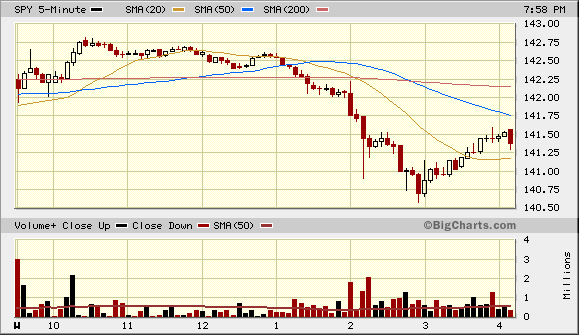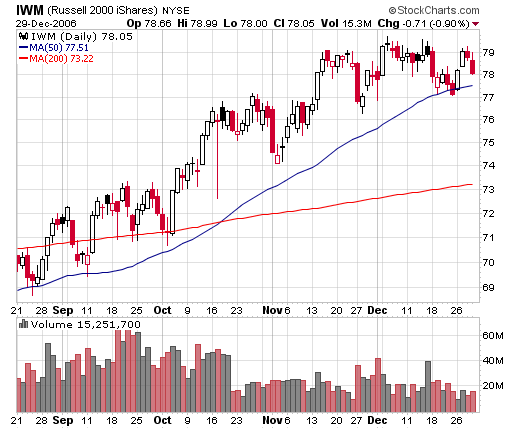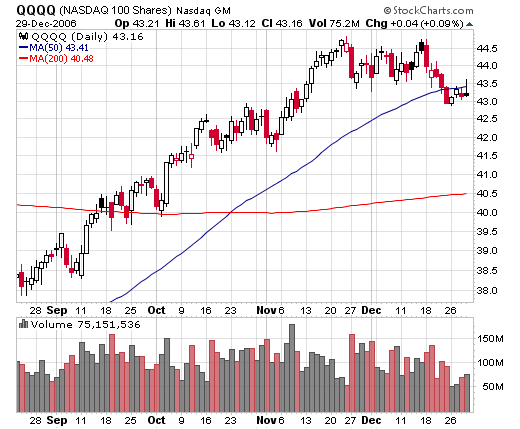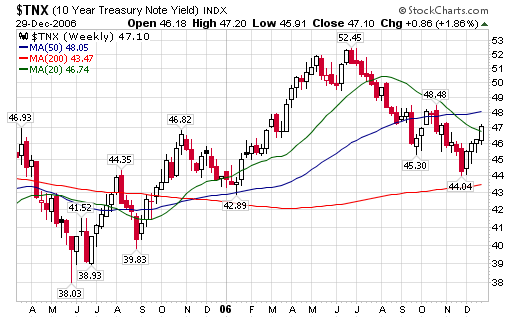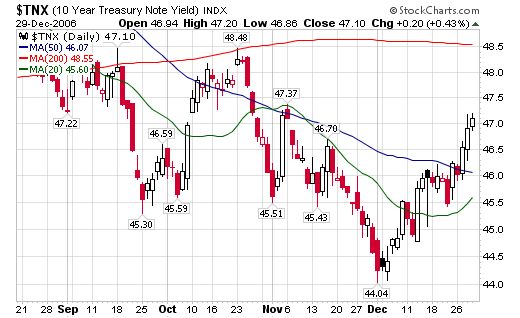Days before health care benefits ran out for nearly 15,000 workers at 12 Goodyear Tire & Rubber Co. plants across the nation, members of the United Steelworkers (USW) union approved a
three-year contract that USW Executive Vice President Ron Hoover calls “a fair and equitable contract that protects quality health care for active and retired members.” Workers are back on the job today.
The settlement at Goodyear marks the beginning of contract expirations at major U.S. industries, including the Big Three automakers, General Electric, the Las Vegas hotel industry, grocery stores in northern and southern California and Disney World in Orlando, Fla. Major public-sector contracts also will be up for New York City teachers and state workers in Connecticut, Hawaii, Iowa, New Jersey, New York, Pennsylvania, Washington and Wisconsin.
No surprise: Health care and retirement security will be prominent issues in most or all of these negotiations.
The USW action at Goodyear is an indication that union workers are ready to go on strike and do whatever it takes to maintain decent health benefits and job security, while Steelworkers at Goodyear have set a standard of commitment that other employers must live up to at the bargaining table this year.
Union members approved the settlement Dec. 29 by a more than 2–1 margin, following an 86-day strike. The walkout began Oct. 5, after the company refused to budge on its plans to close a 1,100-worker plant in Tyler, Texas, and sought to abandon its obligation to provide health care benefits for 30,000 retirees.
As a result of the strike and the
nationwide support of the union and progressive movements, workers won an agreement that requires Goodyear to rescind its demand for immediate closure of its Tyler, Texas, plant and instead provide for a one-year period of transition, during which workers will have the opportunity to take advantage of sizeable retirement buyouts.
Significantly, the contract also requires Goodyear to create a $1 billion health care fund for retirees that will secure medical and prescription drug benefits for current and future retirees and dramatically increases Goodyear’s investments in union facilities. In addition, the contract:
- Enhances the ability of USW-represented plants to meet the challenges of global competition by having Goodyear triple its capital investments to at least $550 million in those plants.
- Maintains affordable, high-quality medical and prescription drug coverage for active members and retirees.
Goodyear says the pact will help reduce its costs by $610 million over three years and $300 million a year thereafter—and isn’t the first time workers helped out the giant tire maker. Goodyear sought to close the Tyler plant—its third plant closure in four years—despite making nearly $500 million in profit last year. In moving to close the plant, Goodyear tried to walk away from promises the company made to work in partnership with the USW and not cut jobs after union members came to Goodyear’s aid several years ago by taking wage and benefit freezes when the company experienced financial hardship.
On Dec. 16, thousands of union members and allies rallied in support of the striking workers at Goodyear tire sales outlets across the country, publicly highlighting how Goodyear planned to send jobs to China and abandon its obligation to provide health care benefits for 30,000 retirees. Many gave generously to the USW Strike Fund to help workers and their families through the holidays.
Next up for the USW are negotiations with Bridgestone-Firestone. The Steelworkers represent some 6,000 workers at eight Bridgestone-Firestone plants, including one in Oklahoma City that the tire maker closed earlier this month, putting 1,400 people out of work. No dates have been set for the next round.
Although the union is ”not entirely happy with the outcome at Tyler,” says Thomas Conway, USW vice president and chairman of the union’s Goodyear negotiations:
We were able to ensure that as long as Goodyear stays in the market for the tires built at Tyler, those tires will have to be produced at USW-represented plants in the U.S. The company simply won’t be able to outsource that work or service this market segment with imports from China or anywhere other than a USW facility.
After the ratification vote, USW President
Leo W. Gerard said “credit really belongs to our members and their families, whose solidarity prevented the company from short-changing them, despite all its attempts. Gerard also said:
Special thanks go out again to all of our AFL-CIO union affiliates, activist groups, community organizations, businesses and public officials who not only understood our struggle, but stood shoulder to shoulder with us.
Negotiations between the USW and Goodyear began in June 2006, and after the July 22 expiration, USW and Goodyear reached a day-to-day extension agreement in which either party could terminate the agreement after a 72-hour notice. Lack of progress in bargaining talks forced the USW to deliver notice on Oct. 2 and 15,000 USW members in 16 plants throughout North America struck on Oct. 5.
The U.S. contract covers workers at Goodyear plants in Akron, St. Mary’s and Marysville, Ohio; Gadsden, Ala.; Buffalo, N.Y.; Lincoln, Neb.; Topeka, Kan.; Fayetteville, N.C.; Danville, Va.; Sun Prairie, Wis.; Union City, Tenn.; and Tyler.

